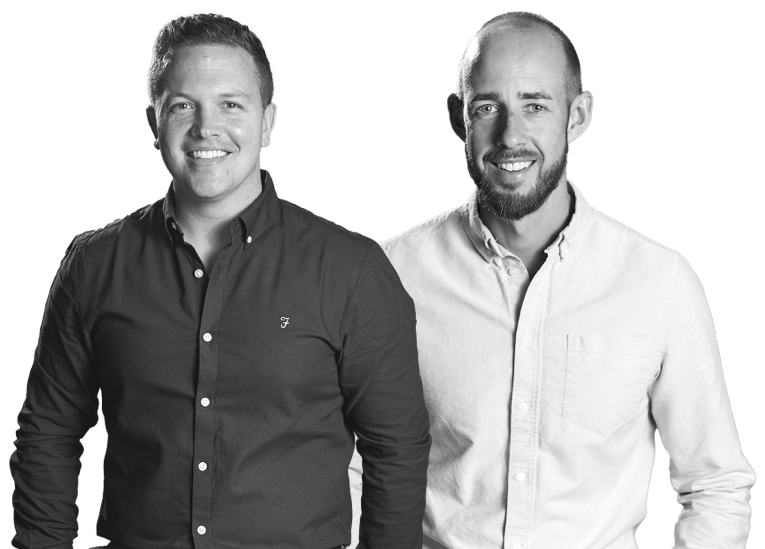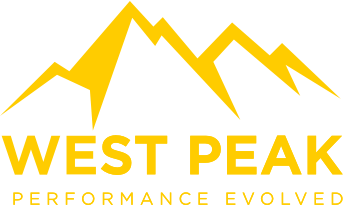Decision Fatigue Is Real: How to Simplify Strategic Thinking at the Top
You make hundreds of decisions every day. Some are big, where to invest next, who to promote, what to cut. Others are seemingly small, how to effectively structure a meeting, which email to answer first, whether to take that extra call.
But over time, these decisions add up. Not just in quantity, but in cognitive cost.
This is decision fatigue. And for leaders at the top, it can quietly erode your performance, slow down strategy, and exhaust your most important asset, your focus.
It’s not a lack of intelligence or ambition. It’s too much friction, too many choices, and too little clarity.
The best leaders don’t just make better decisions, they make fewer, higher-quality ones. And they create systems that protect their strategic brainpower from overload.
What Is Decision Fatigue, and Why Should Leaders Care?
Decision fatigue is the mental drain that occurs after making too many choices. It leads to impulsive thinking, procrastination, and poor judgment. In leadership, this manifests in subtle but high-impact ways:
- Delaying strategic calls
- Feeling stuck in cycles of overthinking
- Getting lost in day-to-day decisions instead of long-term focus
- Delegating poorly due to mental exhaustion
According to a McKinsey study, senior leaders make over 70 decisions per day. But only a handful of those actually impact business growth. The rest? Cognitive clutter.

The Cost of Constant Decision-Making
Here’s the problem: every decision, no matter how small, consumes mental energy. The more decisions you make, the more fatigued your brain becomes.
And that fatigue shows up in your leadership.
📉 Less clarity
📉 Shorter patience
📉 Lower quality strategic thought
📉 More reactive behavior
High-performing leaders can’t afford to be mentally foggy. Yet many spend their sharpest thinking on the least important decisions. That’s not just inefficient, it’s unsustainable.
The Cognitive Power of Simplification
Great leaders don’t try to do it all. They simplify.
They reduce the number of choices they make by creating systems, processes, and environments that do the heavy lifting for them.
Here’s how they do it:
- Prioritize Decisions by Impact, Not Urgency
Not every decision is created equal. Categorize your decisions into three tiers:
- Tier 1: Strategic, high-impact decisions (growth, investment, hiring C-suite)
- Tier 2: Operational decisions (project timelines, team structure)
- Tier 3: Administrative/low-leverage (email responses, scheduling)
Spend 80% of your mental energy on Tier 1. Everything else should be delegated, automated, or batched.
- Create Decision-Making Filters
Instead of evaluating every opportunity from scratch, develop criteria that serve as decision filters. These might include:
- Does this align with our strategic goals?
- Will it move the needle on revenue, talent, or innovation?
- Can it scale?
Having clear filters makes it easier to say “yes” to what matters and “no” to what doesn’t, without second-guessing.

- Block Thinking Time Like You Block Meetings
Top leaders don’t stumble into strategic thinking, they schedule it.
If your calendar is full of back-to-backs, your mind never gets the space to think clearly. Block 1–2 hours of deep, uninterrupted thinking time every week.
Use it for reflection, ideation, or simply stepping back to see the bigger picture.
- Outsource or Delegate More Than You Think
Too many leaders wear decision-making like a badge of honour. But being the bottleneck on every choice isn’t leadership, it’s a liability.
Build a team you trust. Empower them to make decisions within their scope. Establish clear roles and accountability structures.
Remember: Delegating decisions doesn’t weaken your leadership, it strengthens your influence.
- Standardize the Repetitive
What do you regularly decide that could be templated, automated, or systemized?
- Weekly team check-ins
- Client onboarding
- Performance reviews
- Budgeting processes
Standardization doesn’t mean losing nuance, it means removing unnecessary friction so your energy can go where it counts.
- Learn to Delay, But With Intention
Sometimes the best decision is no decision, yet.
But here’s the key: delay decisions with intention, not avoidance. Create a “parking lot” for ideas or issues that aren’t urgent but require deeper thinking.
Schedule regular check-ins with your leadership team to revisit parked items.
- Use a Decision Journal
Track your key decisions. Note your reasoning, your expected outcomes, and your emotional state when you made them.
This builds awareness and shows you where your thinking patterns need refining. Over time, you’ll sharpen your decision-making muscle.
- Build a Thinking Partnership
Executive decision-making can be isolating. Build a circle of trusted peers, mentors, or coaches who can serve as sounding boards. Not to tell you what to do—but to ask the right questions.
Asking for input doesn’t weaken your authority. It strengthens your perspective.
The Mindset Shift: From “More” to “Better”
Most leaders don’t suffer from lack of capability. They suffer from lack of clarity.
When everything feels urgent, you lose the ability to think clearly. But the best leaders don’t speed up, they focus up.
Simplifying strategic thinking isn’t about doing less thinking—it’s about doing less wasteful thinking.

Fun Fact
Barack Obama famously limited his wardrobe to only blue or grey suits to avoid “decision fatigue” on small, inconsequential choices, saving his mental energy for higher-stakes matters.
Final Thoughts: Your Brain Is Your Most Valuable Asset
In a world of noise, the most powerful leaders aren’t the ones who react to everything. They’re the ones who choose what to tune out and what to lean into.
So the next time you feel decision fatigue creeping in, ask yourself:
- Is this worth my mental energy?
- Can this be simplified?
- Can someone else own this?
Because real leadership is less about doing, and more about choosing.
Choose wisely.
Subscribe to our Podcast
Hosted by our very own Ben Stocken and Benjamin Wade our ‘How They Lead’ podcast aims to evolve the way people perform in leadership roles by showcasing a variety of high performance interviews with people from Patrick Kershaw from The RAF Red Arrows to CEO’s like Steve Phillips who help large brands like Pepsi, Mars and Unilever.
Get one step ahead – Click below to subscribe.










